Plantar Plate Tear
Read More >
The Plantar Plate is a strong ligament that is integral to the stability of the forefoot, and a Plantar Plate Tear can compromise the stability of the toes and ball of the foot. Early identification of this injury is essential as offloading, taping, insoles, and correct footwear play a significant role in the early to medium-term recovery of this injury. After the acute phase of injury, exercises for a Plantar Plate Tear become increasingly important. When carrying out these exercises, you mustn’t experience any pain. We recommend you consult your Physical Therapist before carrying out any exercises we do in this article.
The Best Exercises for Plantar Plate Tear should be pain-free, improve the foot’s stability and function and increase the toes’ strength and endurance. The exercises we have collated in this article are based on the most common exercises we provide to our patients who attend with a Plantar Plate Tear. Still, we recommend seeing a medical professional before trying these exercises.
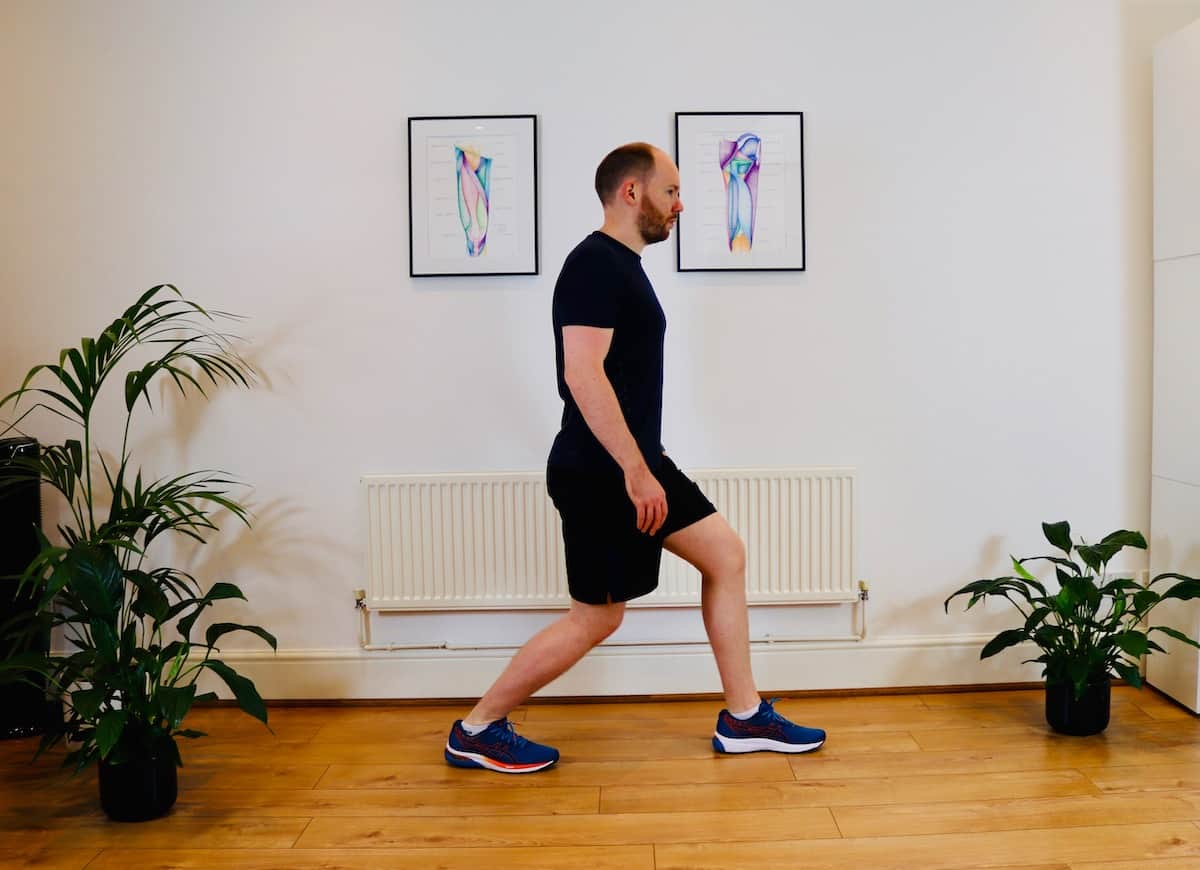
The Soleus muscle sits at the back of your shin and plays a significant role in ankle stability and plantarflexion. If the Soleus muscle becomes too tight, it can place extra load on the Plantar Plate, so it is essential to keep its mobility.
Alongside the Soleus muscle, the Gastrocnemius muscle is a plantar flexor of the ankle. When tight, it can overload the forefoot and accelerate the speed of weight transfer onto the forefoot when walking, so keeping it mobile helps to offload the Plantar Plate.
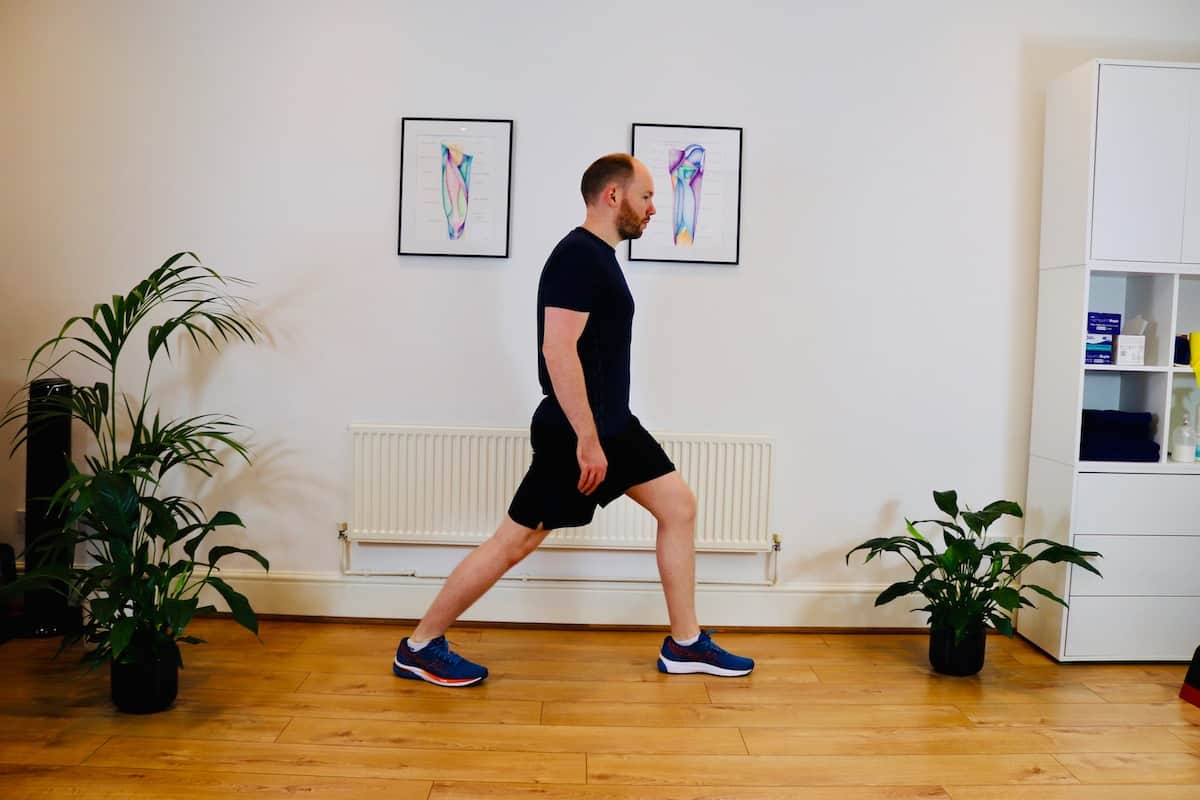
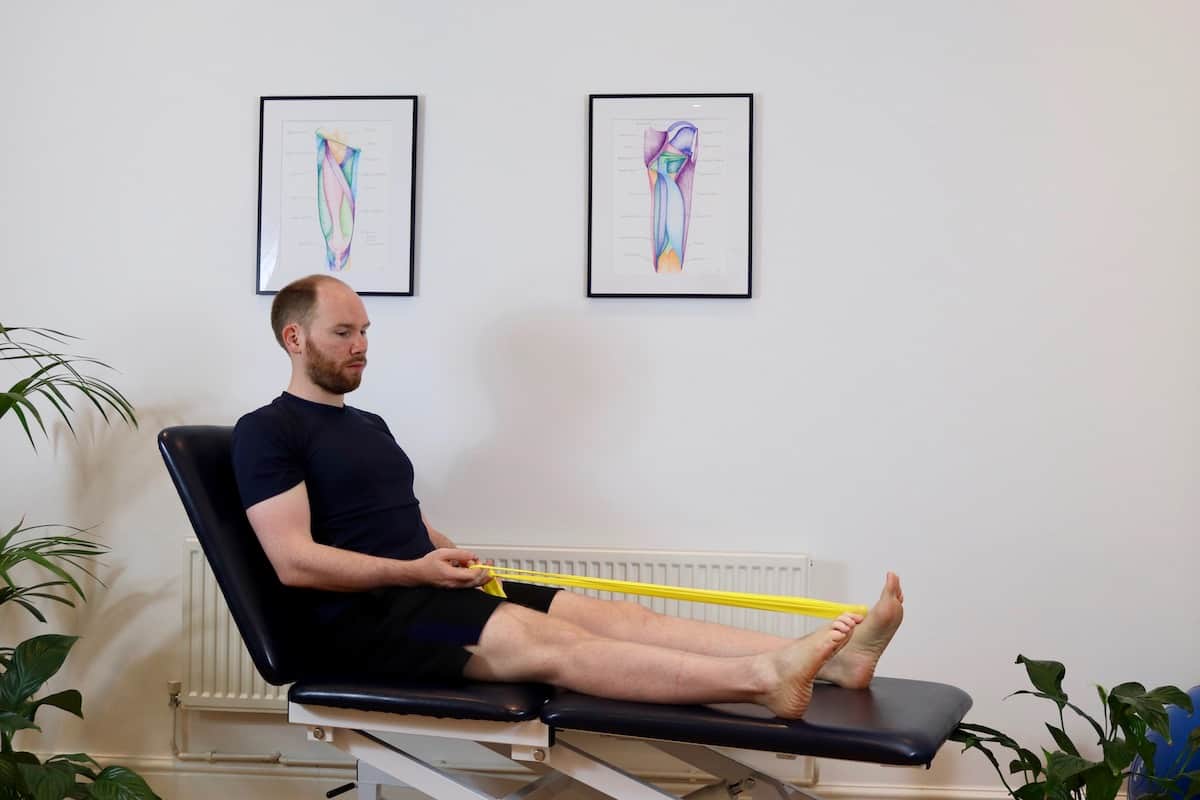
The big toe is vital for propulsion when walking or running, and a strong function of the big toe joint is essential for weight bearing. The Flexor Hallucis Longus (FHL) muscle is one of the primary muscles that flex the big toe, so we must maintain its strength when recovering from a Plantar Plate Tear.
Evidence indicates that a Plantar Plate Tear results in weakness in the flexors of the toes. It is therefore important to work to increase the strength and endurance capacity of the flexor muscles of the foot in a rehabilitation programme from a Plantar Plate Tear.
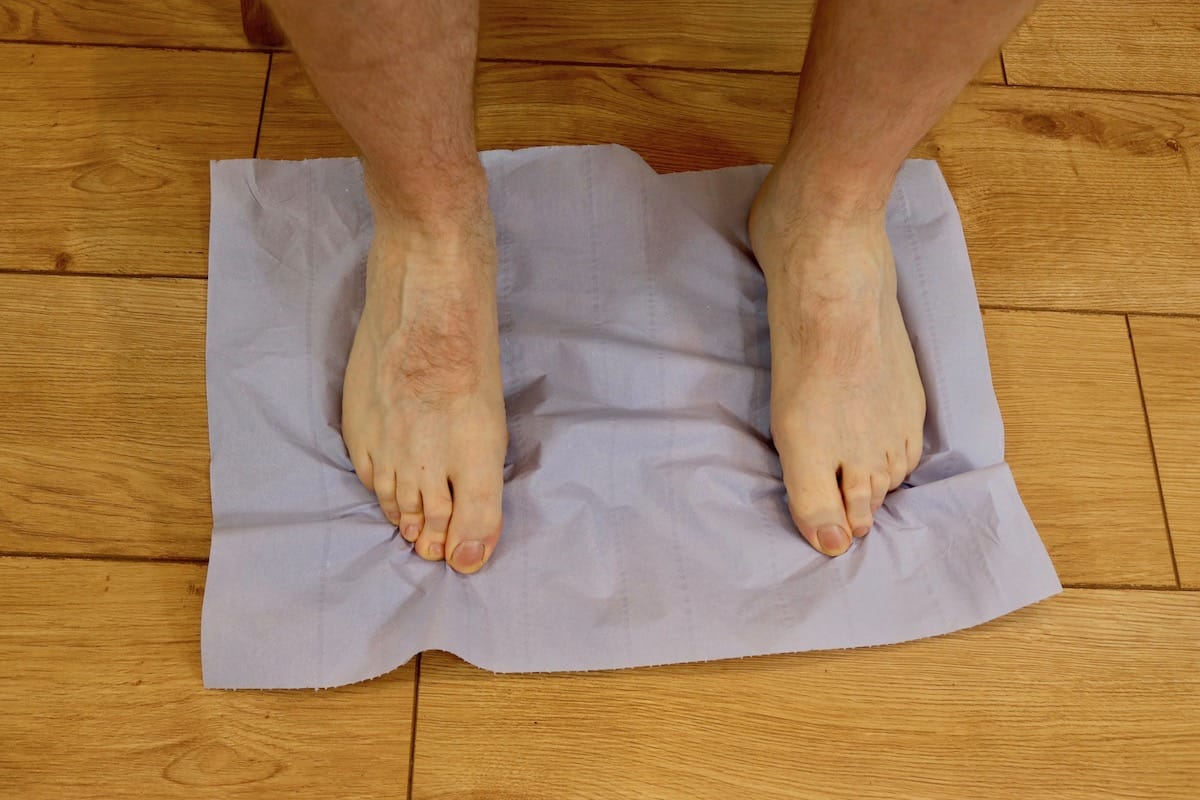
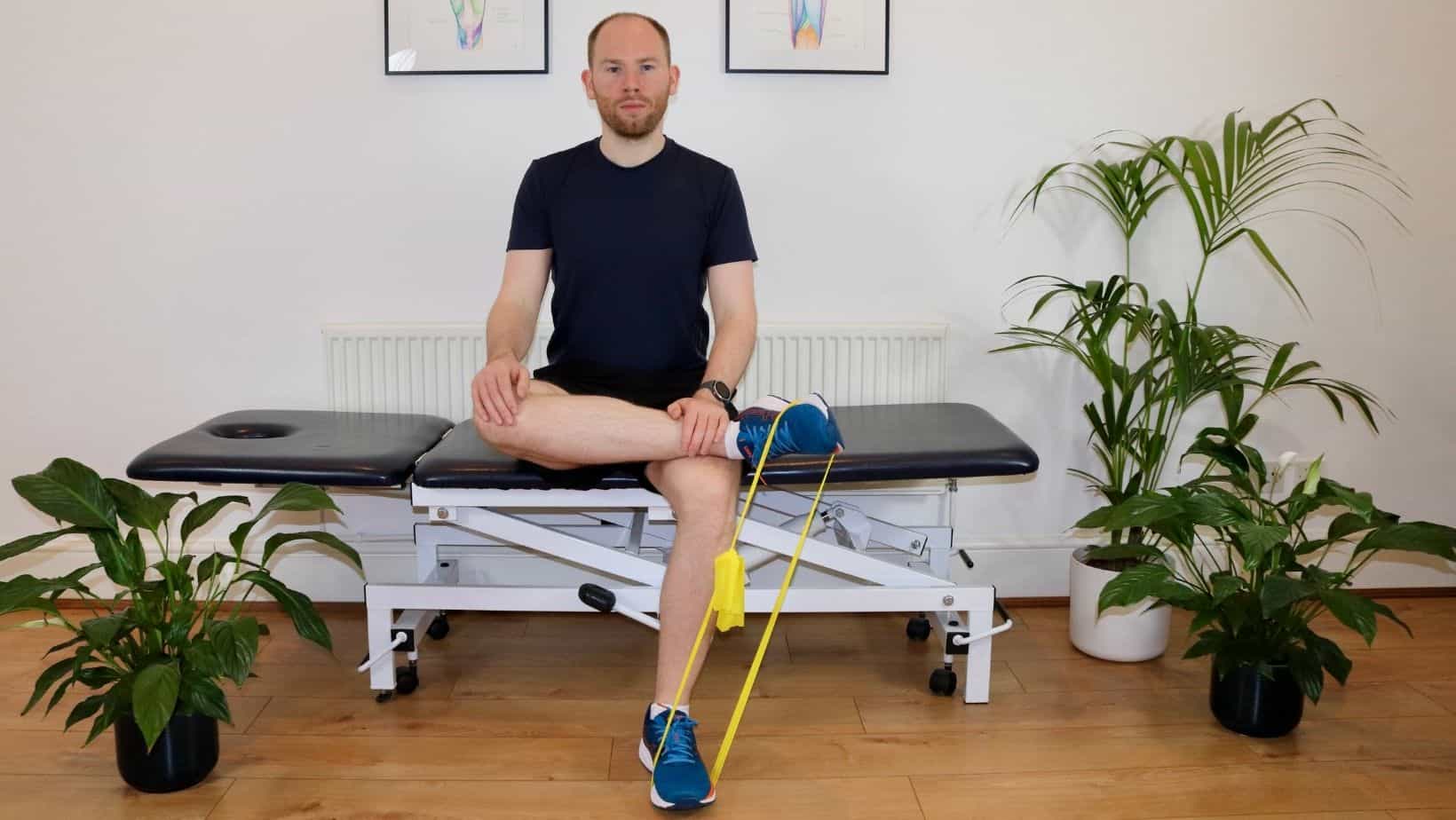
The Tibialis Posterior muscle plays a vital role in the stability of the arch of the foot. When functioning optimally, the Tibialis Posterior muscle helps to control pronation forces when walking. If there is excess pronation, this can overload the Plantar Plate.
We recommend strengthening the Soleus muscle in the middle to late phases of rehabilitation. The soleus is an integral muscle to maintain strength in, but strengthening it in weight-bearing can irritate a Plantar Plate Tear, so we recommend doing a hold rather than through range; if you get any discomfort, please stop immediately.
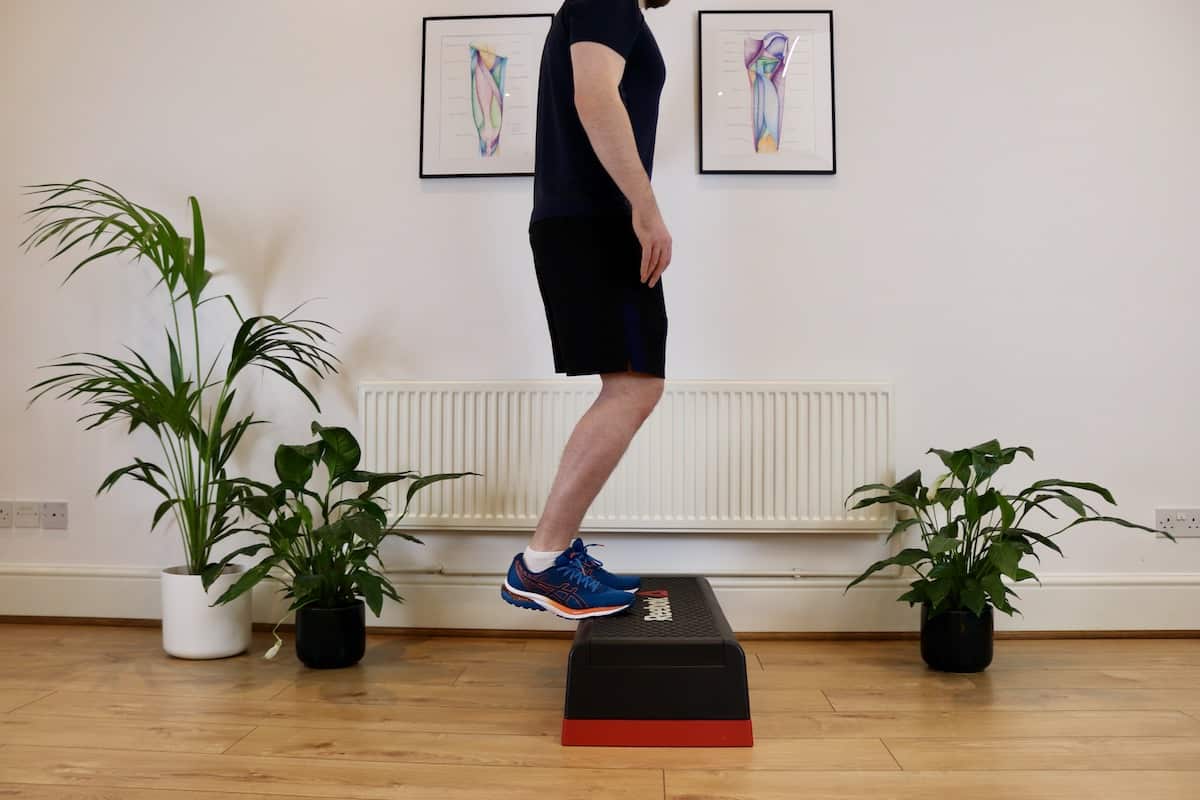
This is not medical advice and we recommend a consultation with a medical professional such as James McCormack before trying these exercises. James offers Online Physiotherapy Appointments weekly.